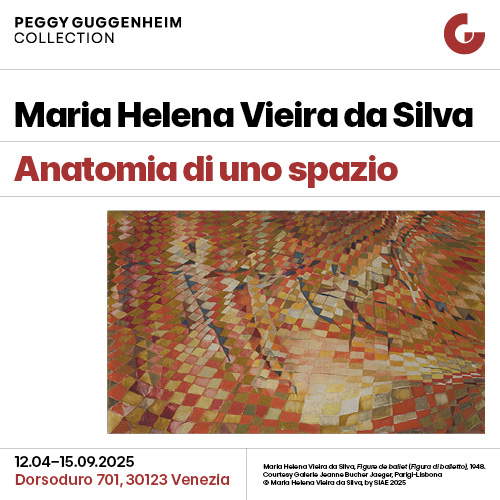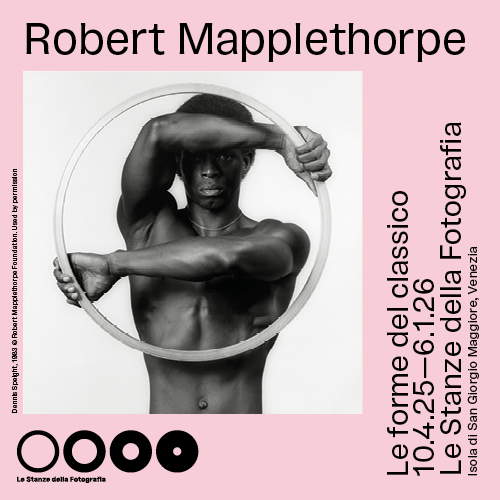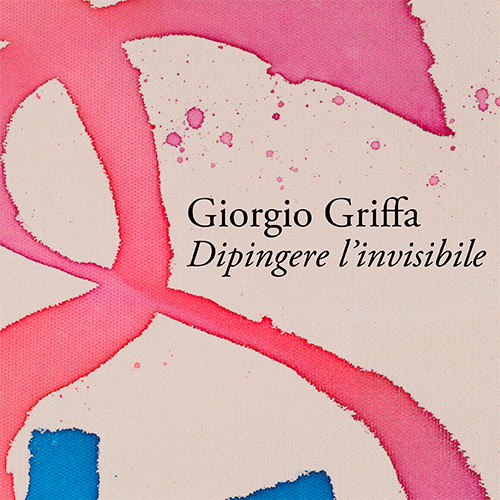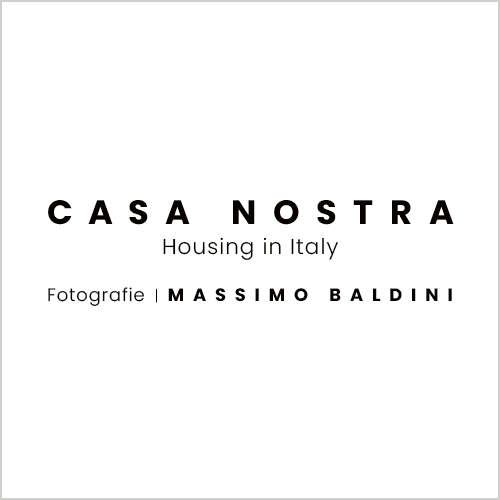Coming to theaters documentary on contemporary photographer Martin Parr
A road movie through England, discovering the ironic and controversial gaze that has marked contemporary photography. I am Martin Parr, the documentary directed by Lee Shulman, is a biography of celebrated British photographer Martin Parr (Epsom, 1952) and a reflection on the power of images to reveal, provoke and transform the way we look at the world. And it is coming to theaters Feb. 17.
Parr has often been called a visual chronicler of contemporary society, capable of boldly capturing consumerism and the contradictions of everyday life. With his signature style-saturated colors, unusual perspectives and subtle irony-he has candidly portrayed the British middle class, sparking both admiration and controversy. The documentary follows the photographer on a journey to the most significant places in his career, accompanied by such personalities as artist Grayson Perry and musician Mark Bedford.
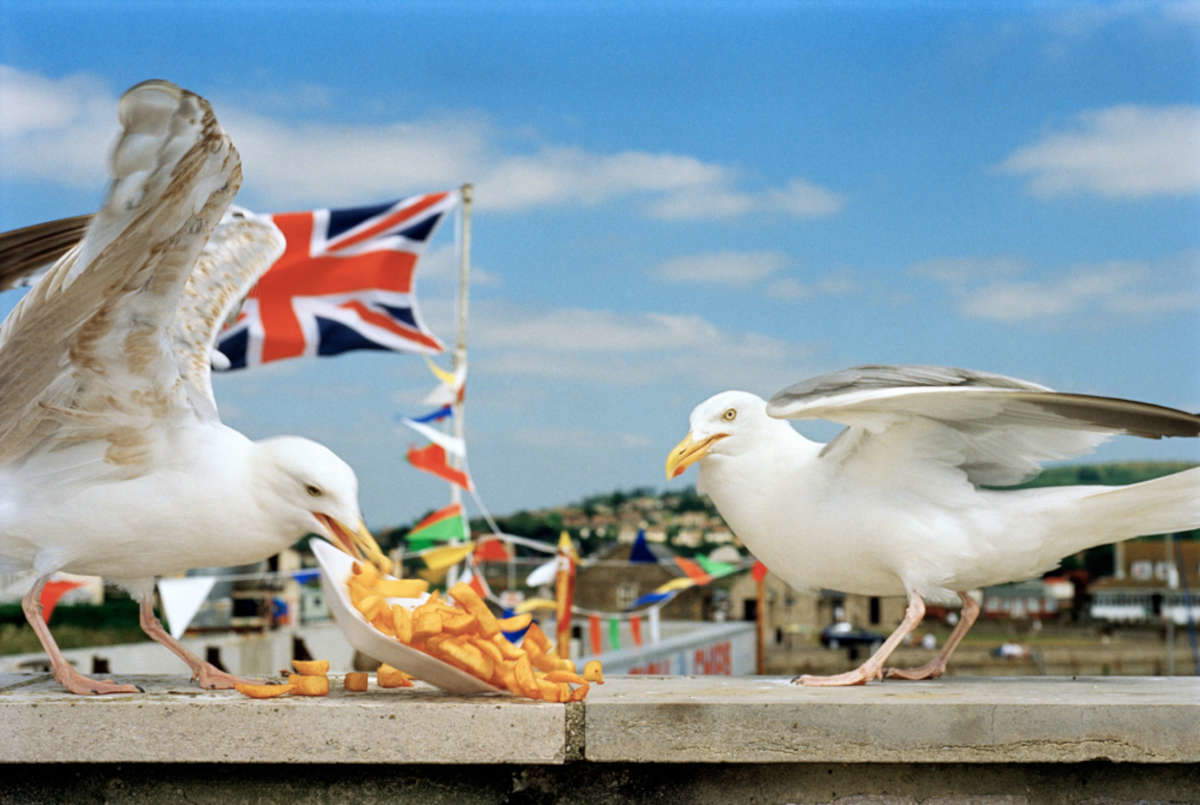
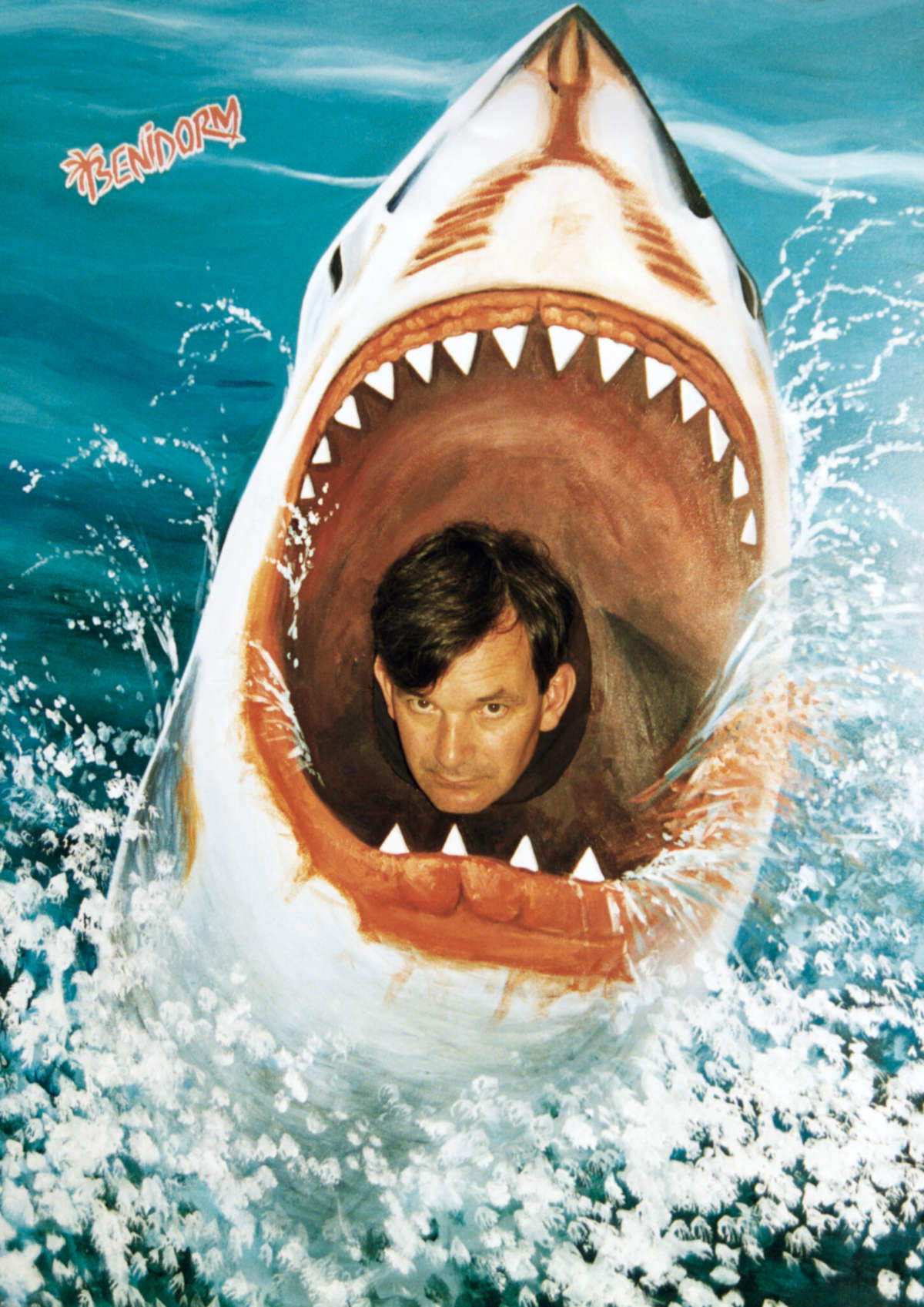
A journey through Parr’s vision
In the film, Shulman takes the viewer to observe the world through the photographer’s eyes, leading him to the places that marked his career, starting in Brighton, the hometown where he honed his style. Parr is an explorer of the everyday, always on the lookout for emblematic situations: crowded markets, packed beaches, tables laden with food and faces absorbed in routine. His lens does not merely capture the moment, but reveals its deeper implications, with a mixture of empathy and provocation.
Following him through the streets of England, the documentary highlights his working method, the way he approaches his subjects with an attitude between detached and complicit. The film thus becomes an opportunity to discover behind the scenes of some of the most iconic shots of the 20th and 21st centuries.
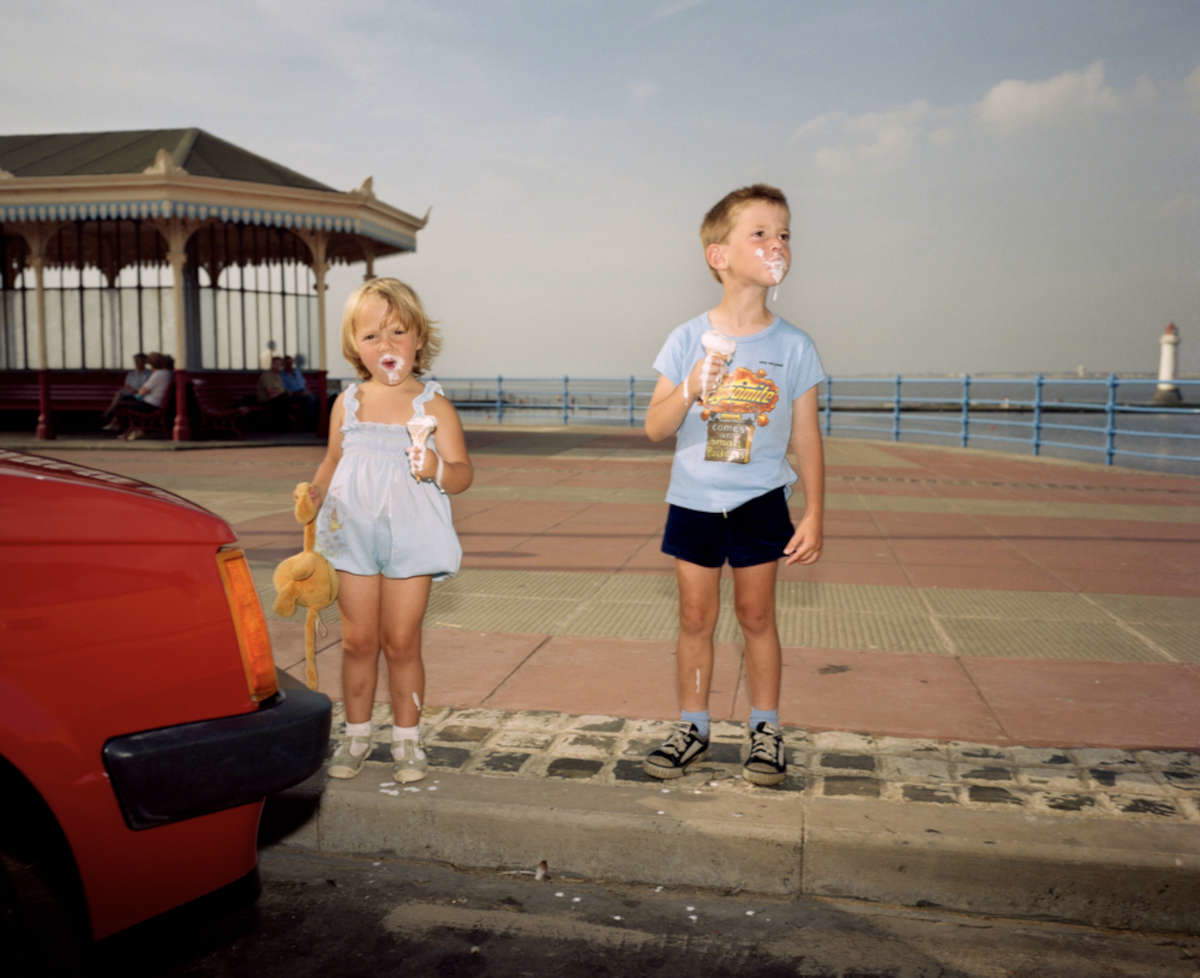
Martin Parr: an icon of contemporary photography
Martin Parr joined the Magnum agency in 1994, cementing his status as an innovator in documentary photography. His visual approach, characterized by an exaggerated use of color and a unique ability to capture the absurdity of the everyday, has sparked debates since its inception. Some have accused him of ridiculing his subjects; others consider him a brilliant storyteller of consumer society.
In the documentary, Parr returns to iconic locations such as New Brighton, where he made the series The Last Resort, a stark and vibrant portrait of British working class vacations in the 1980s. Through archival materials and new footage, the film shows how his research has evolved over time, always maintaining a sharp and irreverent gaze.
One of the central aspects of the film is how the photographer dealt with the criticism and misunderstandings associated with his work. Initially opposed for his ruthless portraits of the working class, Parr is now recognized as an auteur who has been able to trigger reflections on social dynamics. His images oscillate between the grotesque and the realistic, the funny and the disturbing, forcing the viewer to confront his own habits and contradictions. Parr has never tried to make reality more attractive than it is. On the contrary, he accentuated its cruder and paradoxical aspects, challenging the viewer to look beyond appearances.
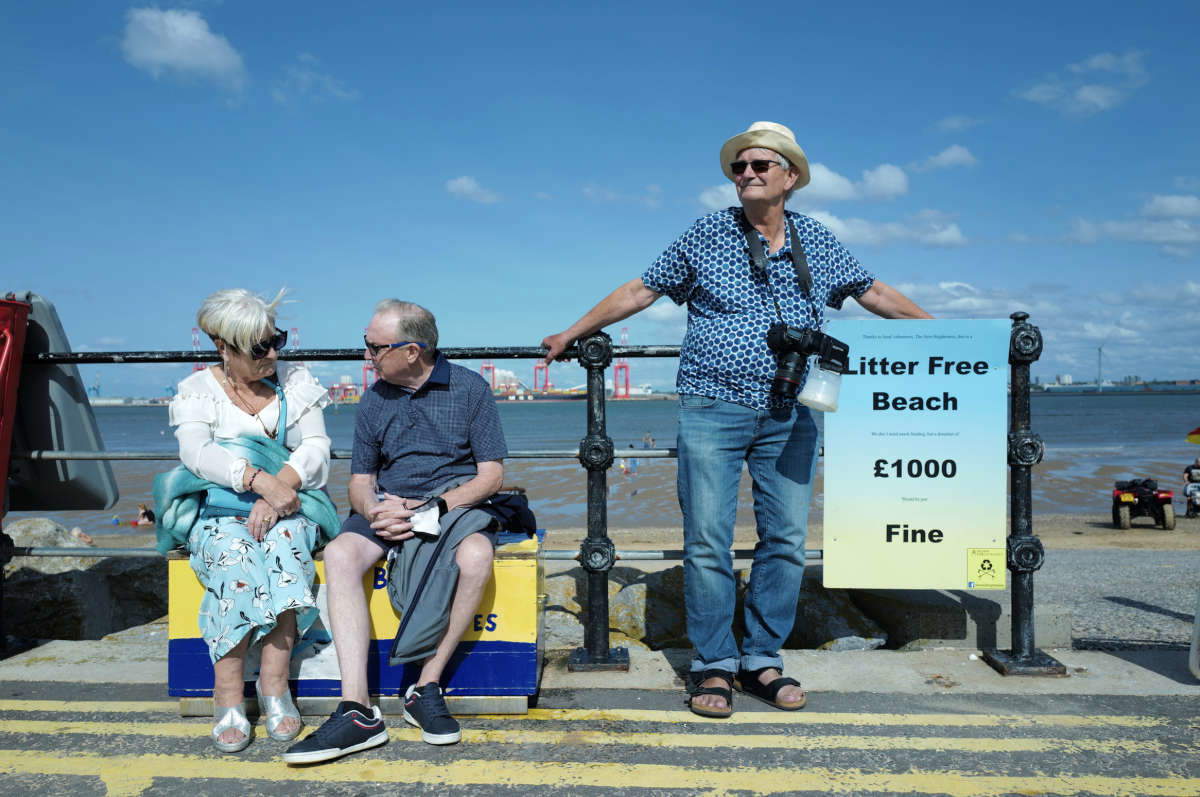
The director’s perspective: Lee Shulman narrates Parr
Lee Shulman, known for his work with The Anonymous Project, constructed the documentary with an aesthetic that dialogues with Parr’s photography. Using a combination of candid footage, archival materials and firsthand accounts, Shulman succeeds in restoring the British photographer’s signature rhythm and irony.
The director, who worked for more than two decades between the United Kingdom and France, immersed himself in Parr’s world to understand his vision and creative process. Traveling alongside him, he was able to observe up close the meticulousness with which he chooses his subjects, the speed with which he identifies situations of interest, and the instincts that guide him in the construction of the image.
 |
| Coming to theaters documentary on contemporary photographer Martin Parr |
Warning: the translation into English of the original Italian article was created using automatic tools. We undertake to review all articles, but we do not guarantee the total absence of inaccuracies in the translation due to the program. You can find the original by clicking on the ITA button. If you find any mistake,please contact us.





